07 Jun Sumo 100+, compact, light-weight and begging to be rigged.
The SUMO100+ Bi-colour (€1800 exc. Taxes for the base kit) is a new fixture by the Berlin based manufacturer Sumolight whose light weight and sleeks dimensions make it an attractive choice for portable lighting and rigging in tight places. The panel form factor has been a highly popular and contested space with many fixtures available. With a veritable flood of new fixtures coming out each year it is crucial for new ones to distinguish themselvers, so let’s see how the Sumo 100+ fares.
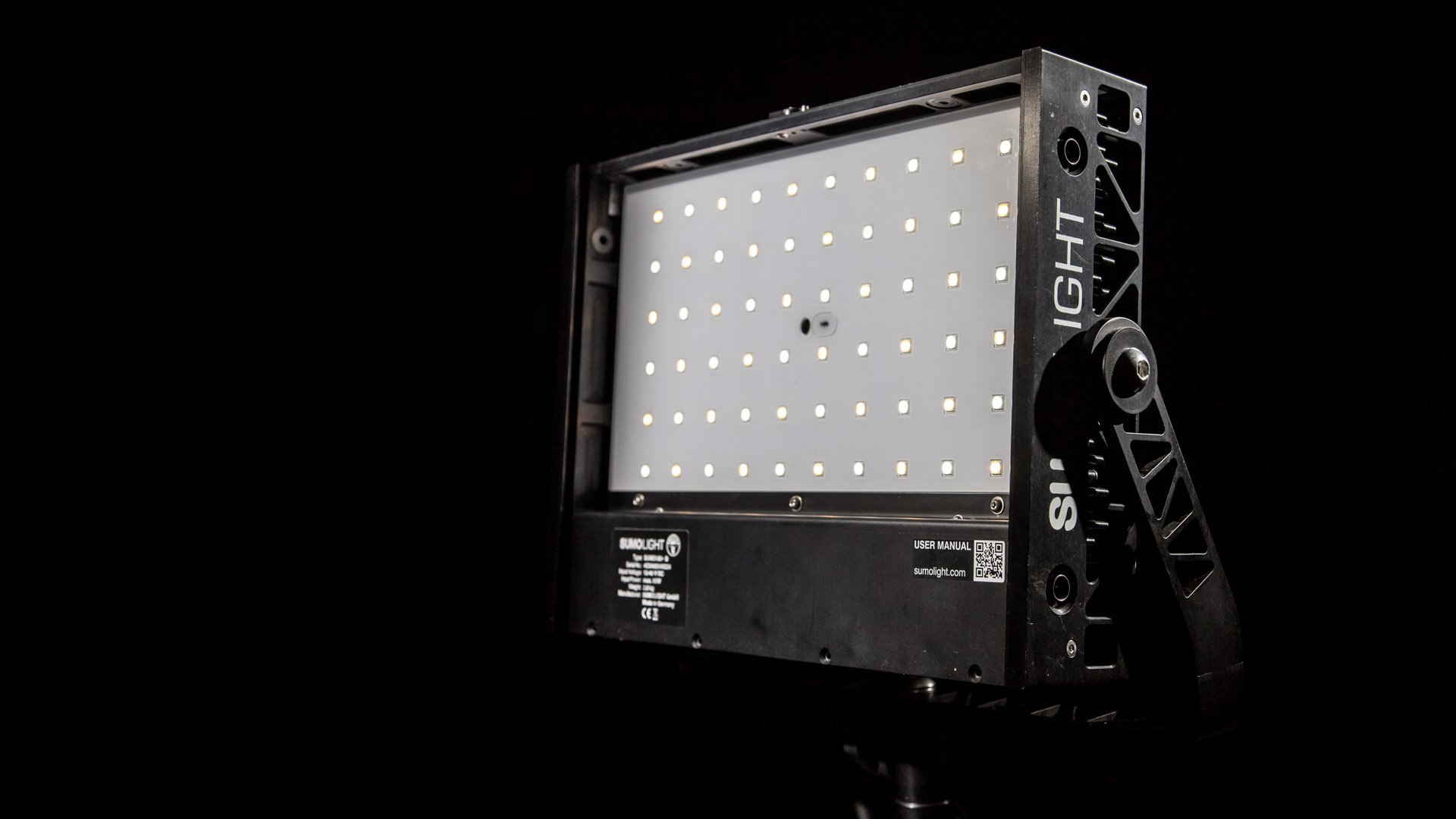
Design
For this review we were loaned a base kit comprising the 100w bi-colour fixture with a slide in diffusor plate and two lens plates of 30° and 60° beam spread. As an extra we were provided with a lantern kit that doubles as softbox. The inclusion of the softbox is an important one, as the unit has built-in accommodations for these kind of accessories.
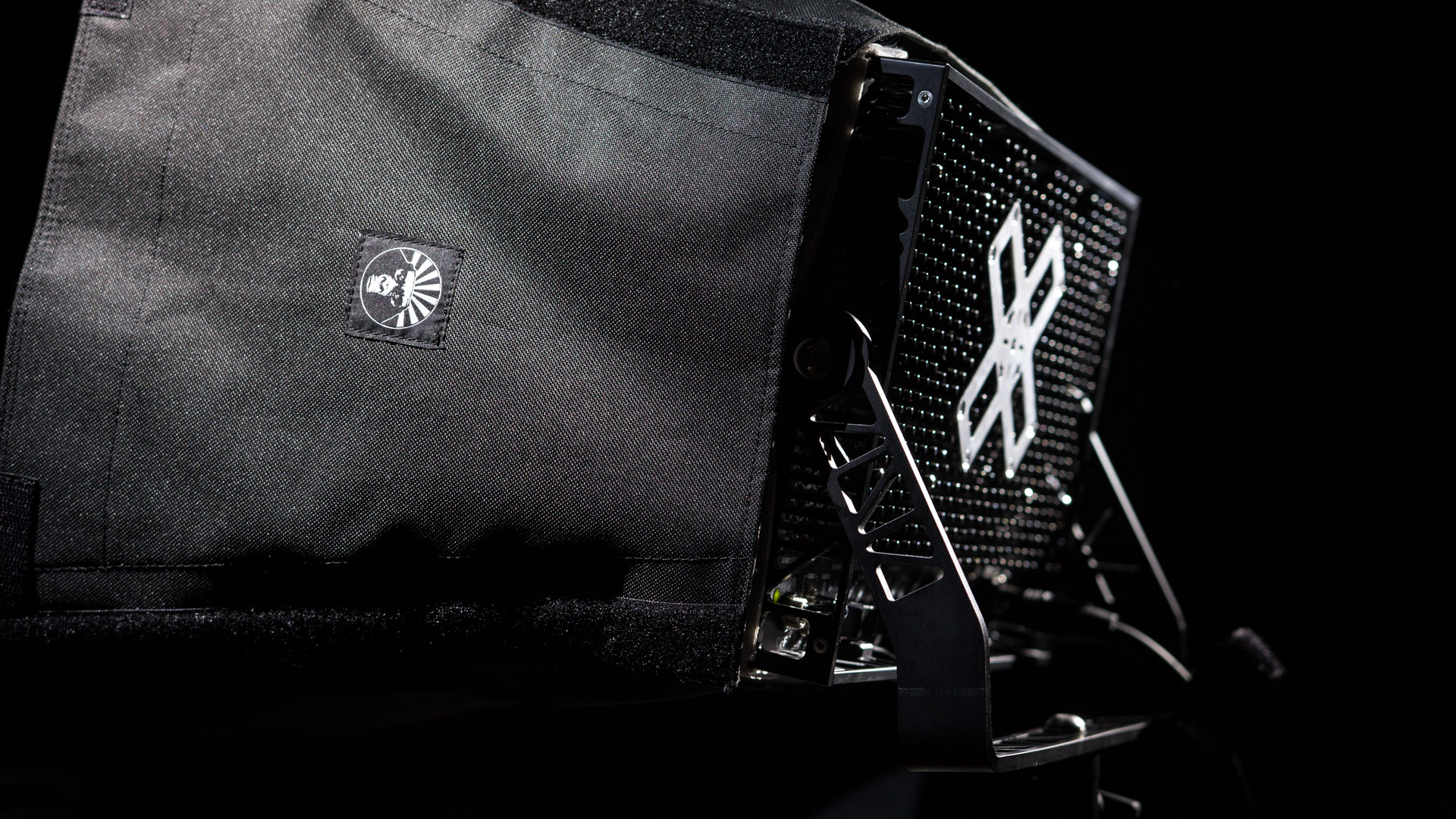
The overall design approach seems to be centred around two aspects: the first is low weight while retaining robustness and secondly fully passive cooling in a compact form factor. To achieve this, the unit is made out of aluminium for all structural parts with many parts hollowed out to save weight. All that metal has to be good for something and indeed its use allows for a fully passive LED array cooled by a distinctive grid with pins. To be able to adjust the beam angle from the 120° of the bare LED array, changeable lens plates can be clicked into the fixture. The diffusor slides in from the top of the unit and is secured with a small latch.
In terms of electronics, the unit is mostly self-contained with the exception of a simple small brick shaped power adapter. Because of this, batteries can easily be mounted to power the unit with an optional bracket that screw into the unit. Likewise, even the power brick can be attached in this manner through an optional mounting bracket. The self-contained approach means that all controls are available are on the unit itself, as opposed to on a ballast. This has both advantages and disadvantages as we will see further on.
The unit’s sleek black look and the all-metal inspire confidence in its durability. Sliders and switches are also solid with the On/Off switch giving an especially satisfying click. The status LED, showing red for battery/main power, green when the fixture is in operation and orange in DMX slave mode, proves itself very useful for quick troubleshooting.
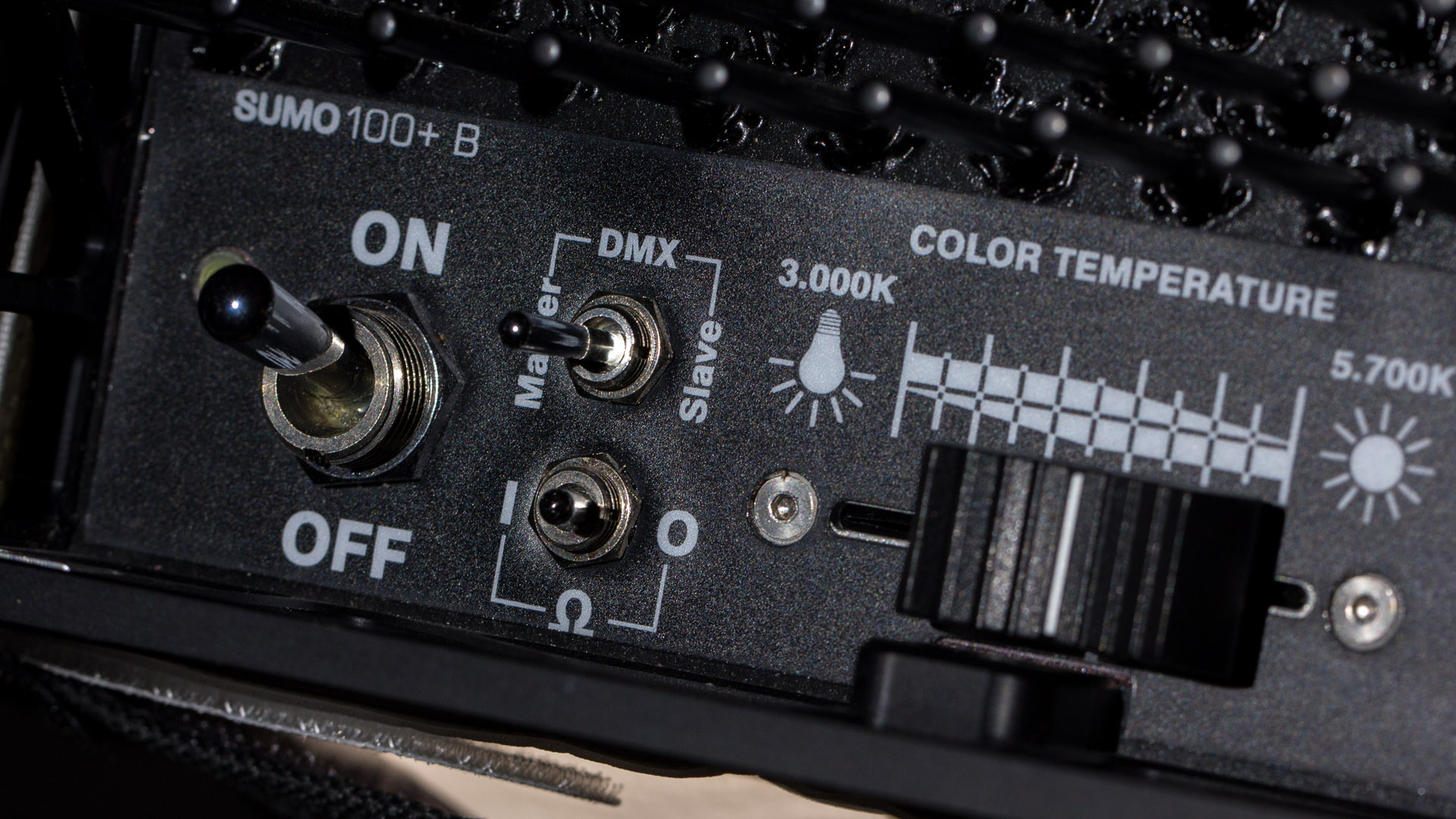
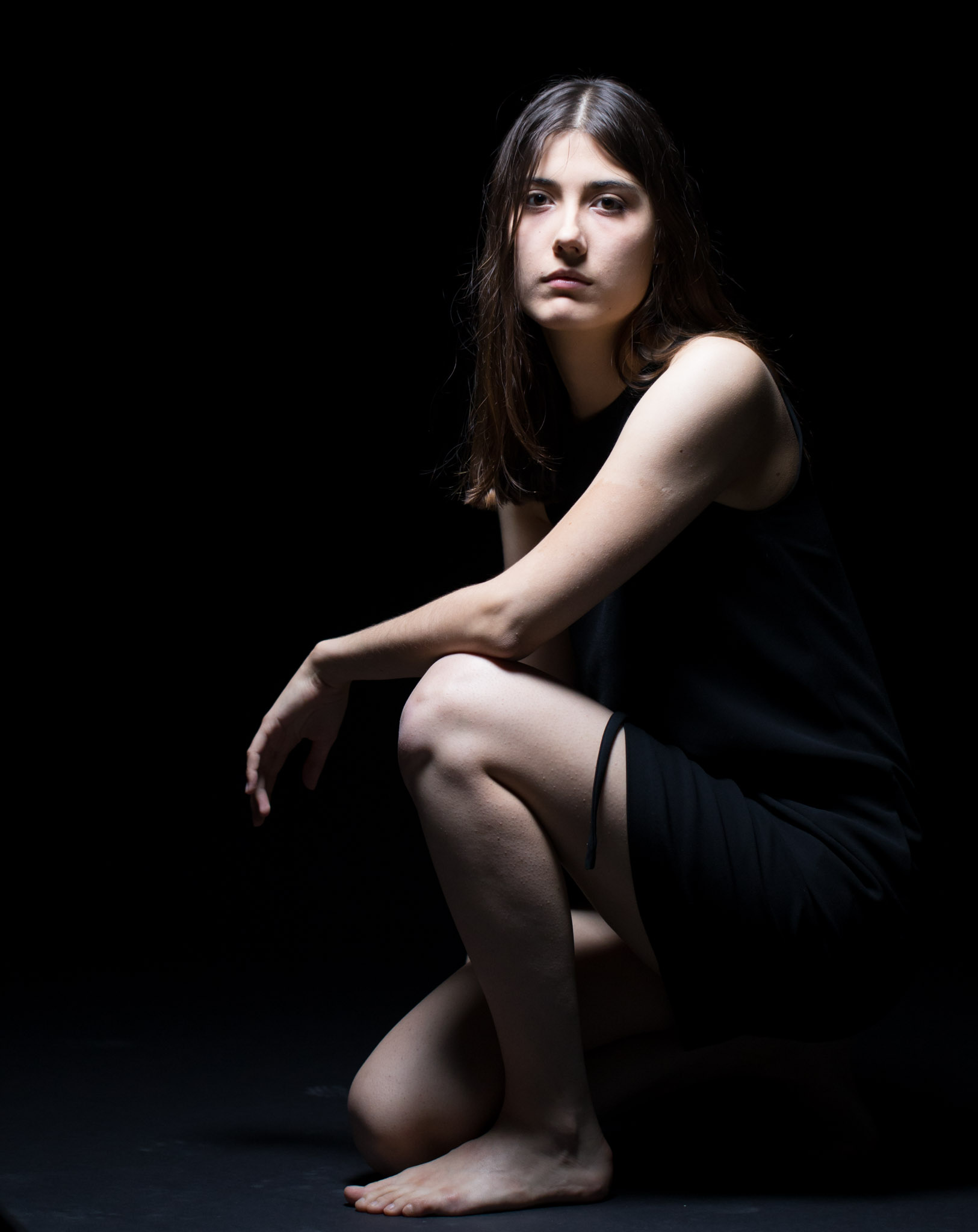
Light Quality
Light quality is on par with most other manufacturers. The unit reaches a respectable CRI 95 in Tungsten and 93 in Daylight colour temperature, though there are certainly other fixtures with higher quality still. The light is pleasing to the eye and holds up well on screen. We did not have the time to do proper photometric measurements, but we can say that the unit is very bright indeed.
Kelvin range selection is actually larger than indicated on the backside of the united which reports 3000-5700K, whereas it is actually more like 2900-6300K. The unit lacks a display indicating current correlated colour temperature (CCT), so settings will be more difficult to be reproduced manually and are also slightly less accurate. However, the approximate scale given by the slider should suffice for most purposes. If utmost accuracy is needed, one would rely on a colorspectrometer anyway.
The light quality is certainly good enough for current applications and we believe the fixture will remain relevant for some time. This is an important aspect to stress, because one of the problems when considering the purchase of a fixture, is how long you can use it before you consider it obsolete due to either light quality or output. We would not be surprised if units like the Sumo 100+ will outlive their usefulness even though they remain in excellent mechanical condition. Of course, this does depends on the amount of usage, so your experience may vary.
Light Shaping
So far what we have is a durable fixture with an interesting look to it, but what sets the unit apart is the integrated way the unit has for working with light shaping and diffusion tools.
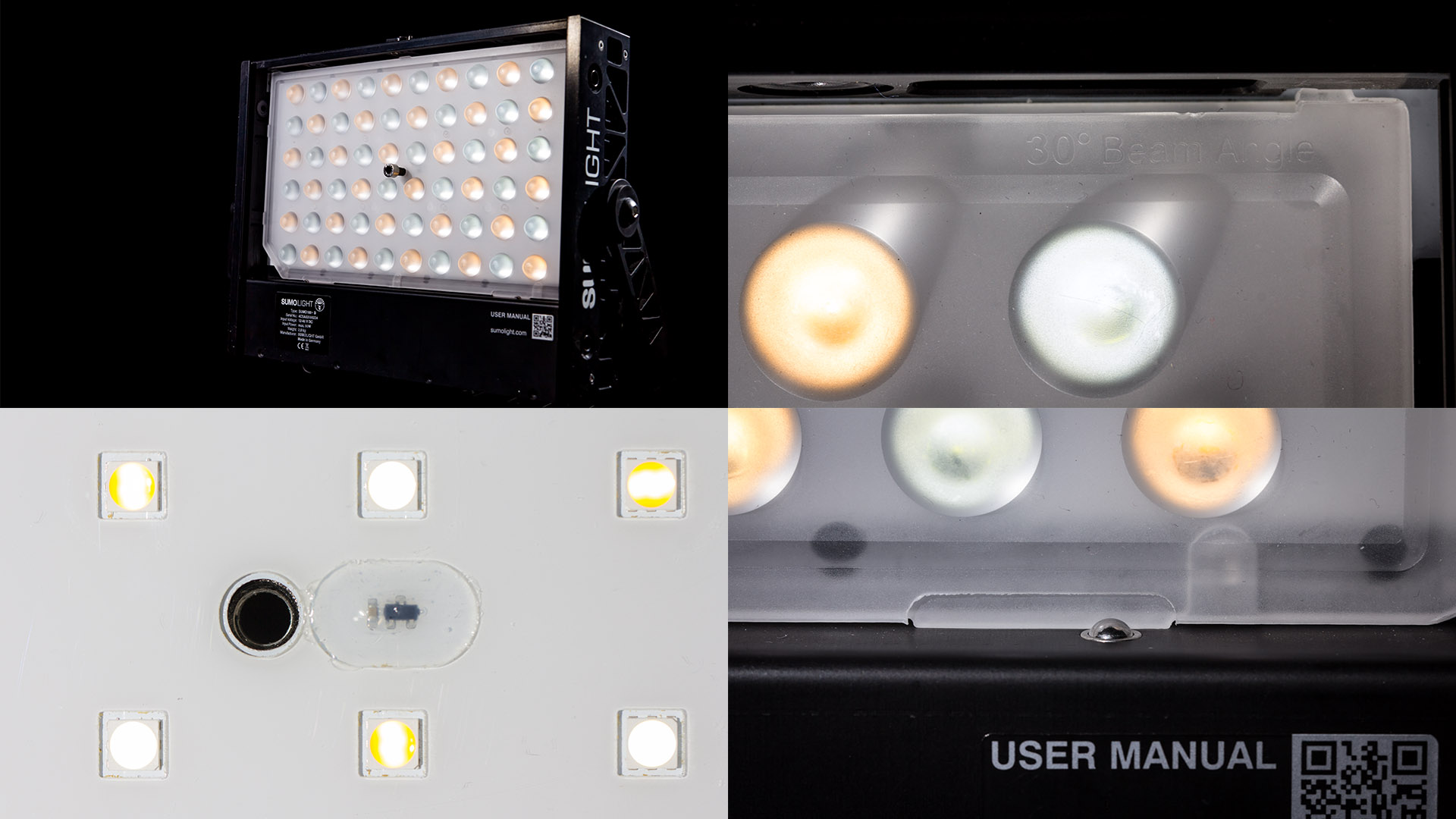
Lens plates and diffuser
First off, there are exchangeable optics which slide into the fixture. Standing in front of the unit, the plate inserts into notches near the top of the LEDs and the plates have an angled section for orientation and insertion/removal. While the lens plates do their job in narrowing down the beam angle, they do little to eliminate the dreaded multiple shadow pattern, which unfortunately often tends to show up in in multiple emitter light sources like this. The accompanying micro diffuser screen, is not very effective at diffusing at all, though it does provide protection and shields talent from the glare of looking directly at the led array. You could leave the diffuser on at all times, since the unit may not be operated with just the bare LED array and it does not interfere with using light shaping tools.
All in all you would want not want use this fixture in a hard light role unless shadow quality is not critical. A much better course is to use the Sumo 100+ as a soft light where it really shines.
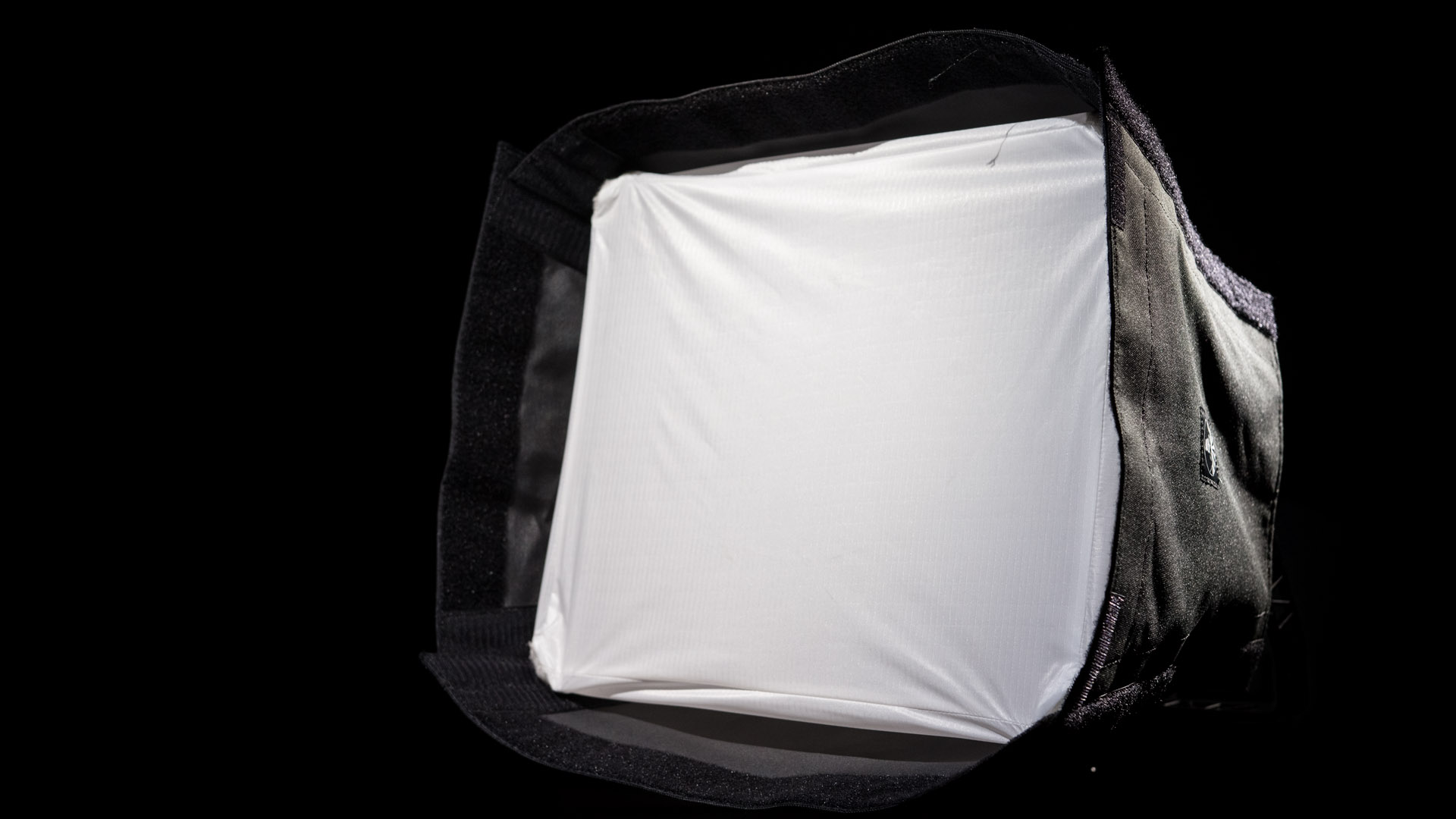
Soft box/Lantern
Bundled with a review unit came the Snap-Open/ Snap-On Lantern with ½ Grid cloth. The lantern folds down flat retaining its form due curved metal rods in its interior. When setting up, these rods slide over the side of the unit, which keeps the lantern open and rigid. The lantern is then locked into place with pushbuttons all around the fixture body. It’s a clever system which does not require speedrings. The downside of course is that without speedrings it is less adaptable to other lights so you can only use the lantern with Sumolights. Still, in use it’s an improvement in terms of setting up. Sliding it over the unit takes a little getting used to, but once you have the first few buttons on, the rest is easy. Sometimes the rod will stick to the inside of the unit when not using the diffusor plate, so leave it on. The metal on metal contact from the rods will cause some wear and the Velcro makes it a little finicky to attach because it tends to reform its bonding quite easily. Once you are up and running, light spread is nice and even, with a lovely gradual falloff.
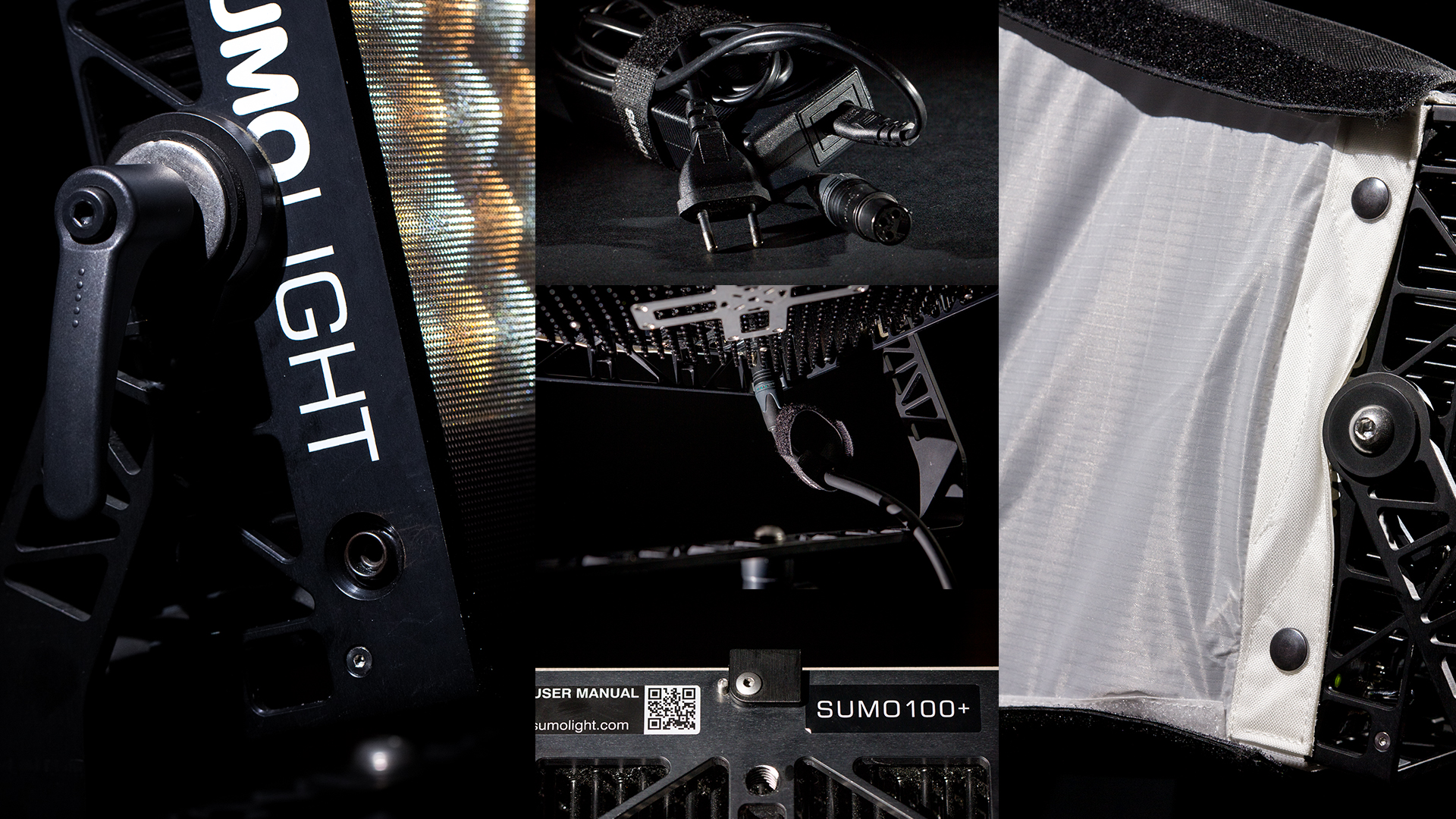
To control all that light there is Velcro on the corners of the lantern that make it possible to easily snap on the Velcro side flaps. This works really well and quickly. We had a lot of fun testing out the possibility of the light both in lantern form as well as ‘softbox’ form with all flaps on.
As an alternative to the lantern kit there is a simpler softbox available without removable side as well as an octagonal softbox.
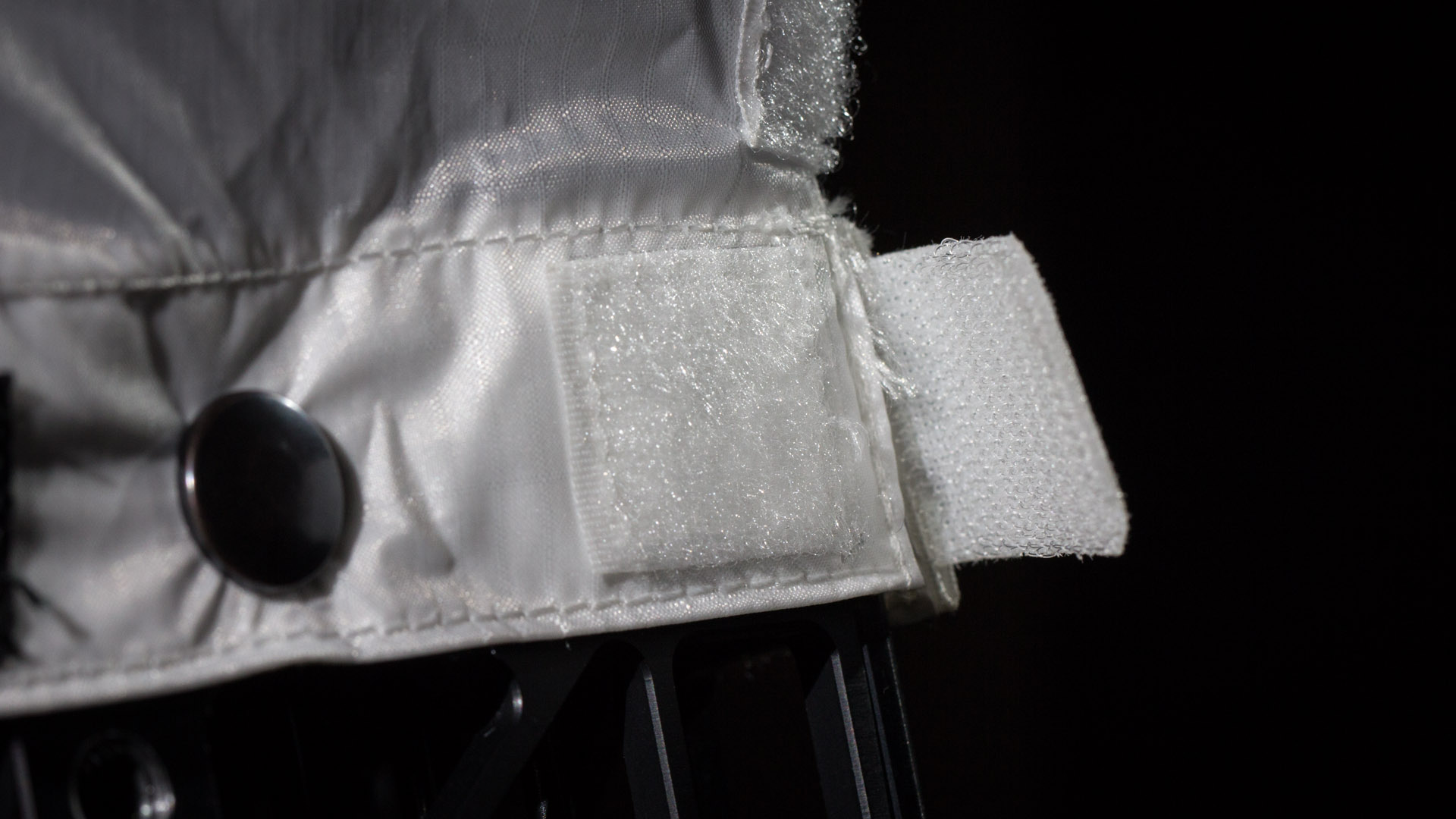
To control all that light there is Velcro on the corners of the lantern that make it possible to easily snap on the Velcro side flaps. This works really well and quickly. We had a lot of fun testing out the possibility of the light both in lantern form as well as ‘softbox’ form with all flaps on.
Thermal management
Cooling of the unit is fully passive with a distinctive rod pattern covering the backside of the unit. We had the unit running continuously at full power for a few hours at an ambient temperature of around 22 °C and never did it get more than lukewarm. It seems that the unit has a lot of headroom for more demanding situations. In case it really gets too hot, it has a thermocouple on the LED array to monitor temperature and the unit will shut down when overheating.
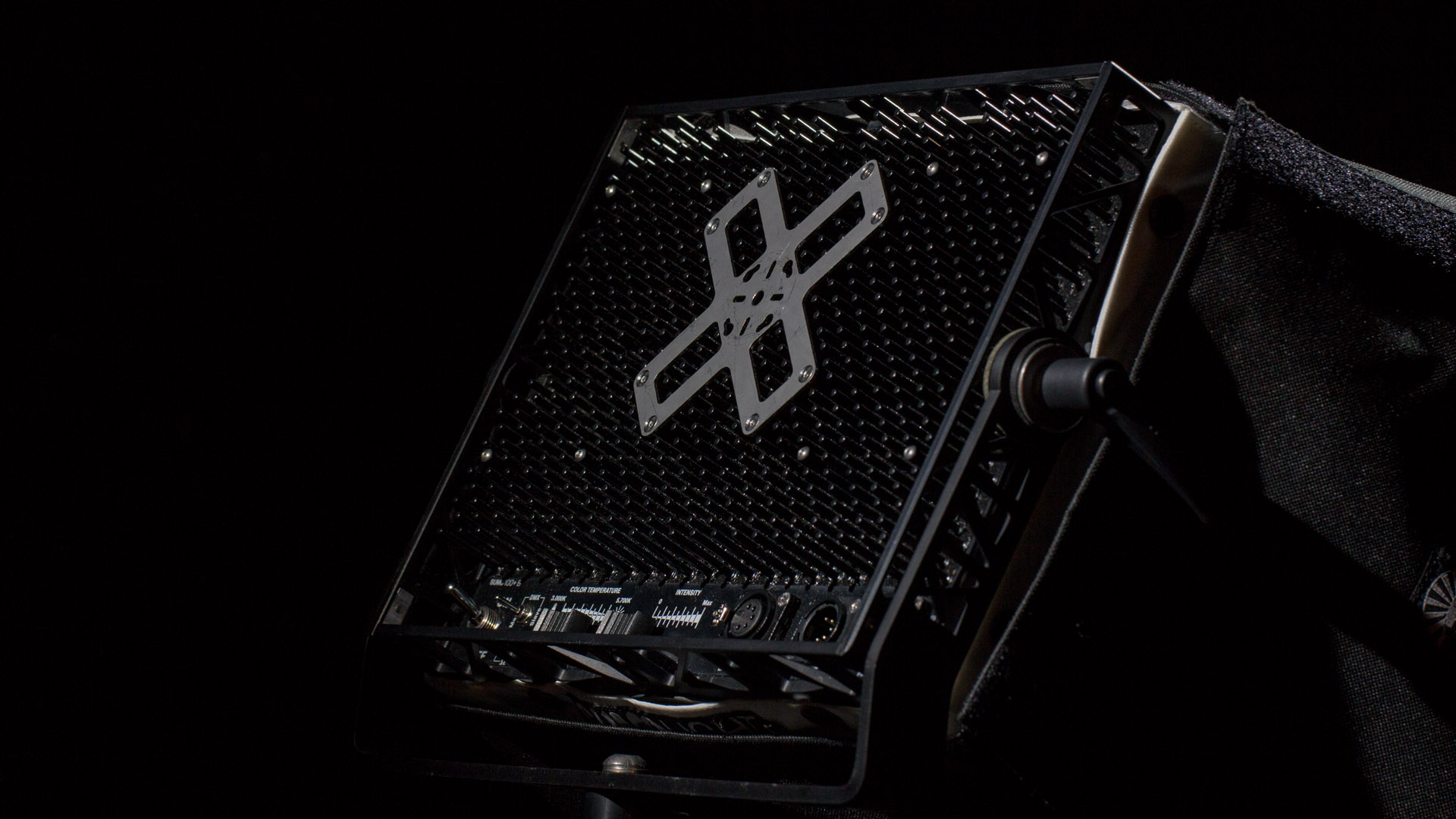
Handling and rigging
The yoke is well designed but a little tight. Don’t expect to be able tilt very far down with a softbox attached. Tilting straight upwards will cause the feeder cable to snag a little, so will have to guide along. Nothing major, but it turns out there is better option for mounting, and it is due to the large X-shaped plate on the back of the model. This is in fact a mounting plate for a Kino Flo style ball joint, making adjustments and odd angles far easier. It would make sense to forgo the yoke and instead opt for a Kino Flo style ball joint giving more options while still mounting to a standard light stand.
Even with when mounting is not an option this not always a problem, as the low weight makes it amenable to handholding the unit in a pinch. Especially when the situation asks for dynamic lighting, even with light shaping attached.

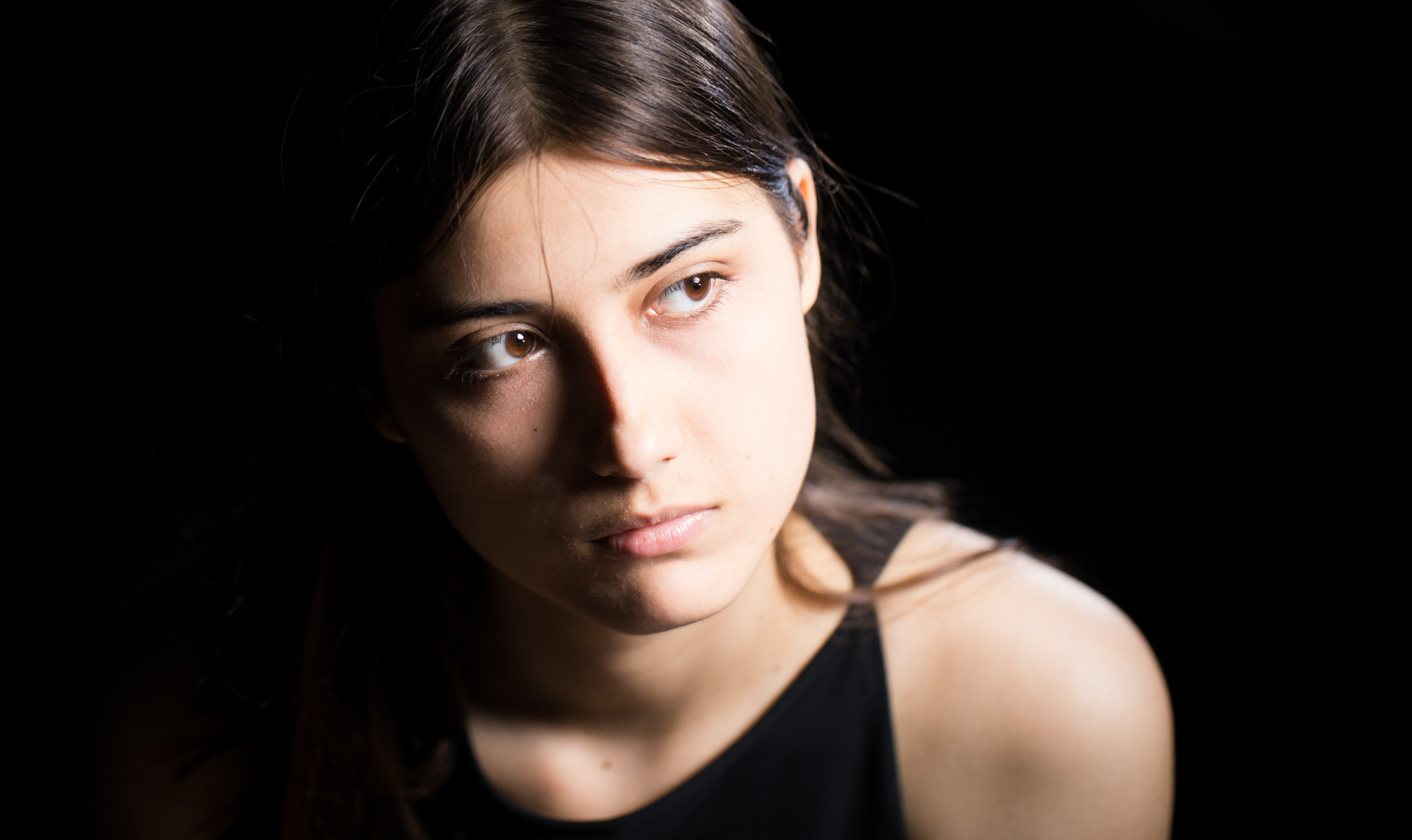
DMX/Wireless
Manufacturers are increasingly incorporating wireless functionality in their fixtures, often using proprietary protocols. This offers tangible benefits but can also cause potentially major headaches with compatibility in mixed deployment situations. The Astra from Litepanels for example can be bought with a Bluetooth module for use directly with mobile devices, though limited range or reliability can be an issue.
Sumolight has taken a more conservative approach with The sumo 100+, opting for a robust and full wired DMX implementation. Besides In and Out ports, hard switches allow for selecting Master or Slave mode and even a proper DMX end termination is built in.
Having good DMX support makes sense as the device controls are all found on the fixture itself, as opposed to a ballast. When utilising the light on overhead or otherwise difficult to reach positions it makes sense to hook it up to wired DMX or bring your own wireless DMX solution.
In a way it is not a bad decision not to commit to a wireless control protocol, as the dust is yet to settle on which system will be the dominant mode of control. Once it does though, wireless control would be a great (optional) feature for this unit, perhaps even at the expense of regular DMX connections. Fixtures in this class are so easily battery powered and rigged to otherwise awkward places, so there are significant time savings in not having to run and hide cable of any kind across the set.
Still room for improvement
Anyone willing to accept the extra weight of passive cooling, does so in return for reliability and, crucially, silent operation. Somewhat unexpectedly, the Sumolight is not silent, when dimming down past 75%. A faint high pitched whine is emitted, increasing in loudness with further dimming. Now in most cases the whine will not reach above room-tone and for photography the problem is moot, but in small quiet spaces it can definitely be heard. The point is however is this: a unit in this class simply shouldn’t emit distracting levels of sound.
It is interesting to see the use of a europlug on the power supply (exchangeable), possibly the only place were cost-saving is visible. Electrically, this makes perfect sense with a load of only 100w, though you might want exchange this for something sturdier if you have need for it.
To prevent an accidental release of the exchangeable optics when the Sumo 100+ is used overhead, the fixture makes use of a safety-bolt. The small bolt (M6 by the looks of it) is fidgety and easily lost. This seemingly ad hoc solution contrasts starkly with otherwise well thought out design. What is even more surprising is that the safety-bolt does not seems necessary when using the diffuser. A dislodged lens plate would be stopped from falling out fully by the diffusor. Sure, the diffuser has to be removed for the lens plate to be swapped out, but the same applies for the bolt. Is it perhaps some kind of certification issue that has caused this last minute design decision? I am confident Sumolight will find a better solution for the next iteration of this fixture.
Things we would to see improved in the next version of the Sumo100+: the addition of magenta/green control would be appreciated, especially for mixing with lights from other manufacturers. Ideally of course, updatable light/camera profiles, but this will likely remain unrealistic at this price point for some time.
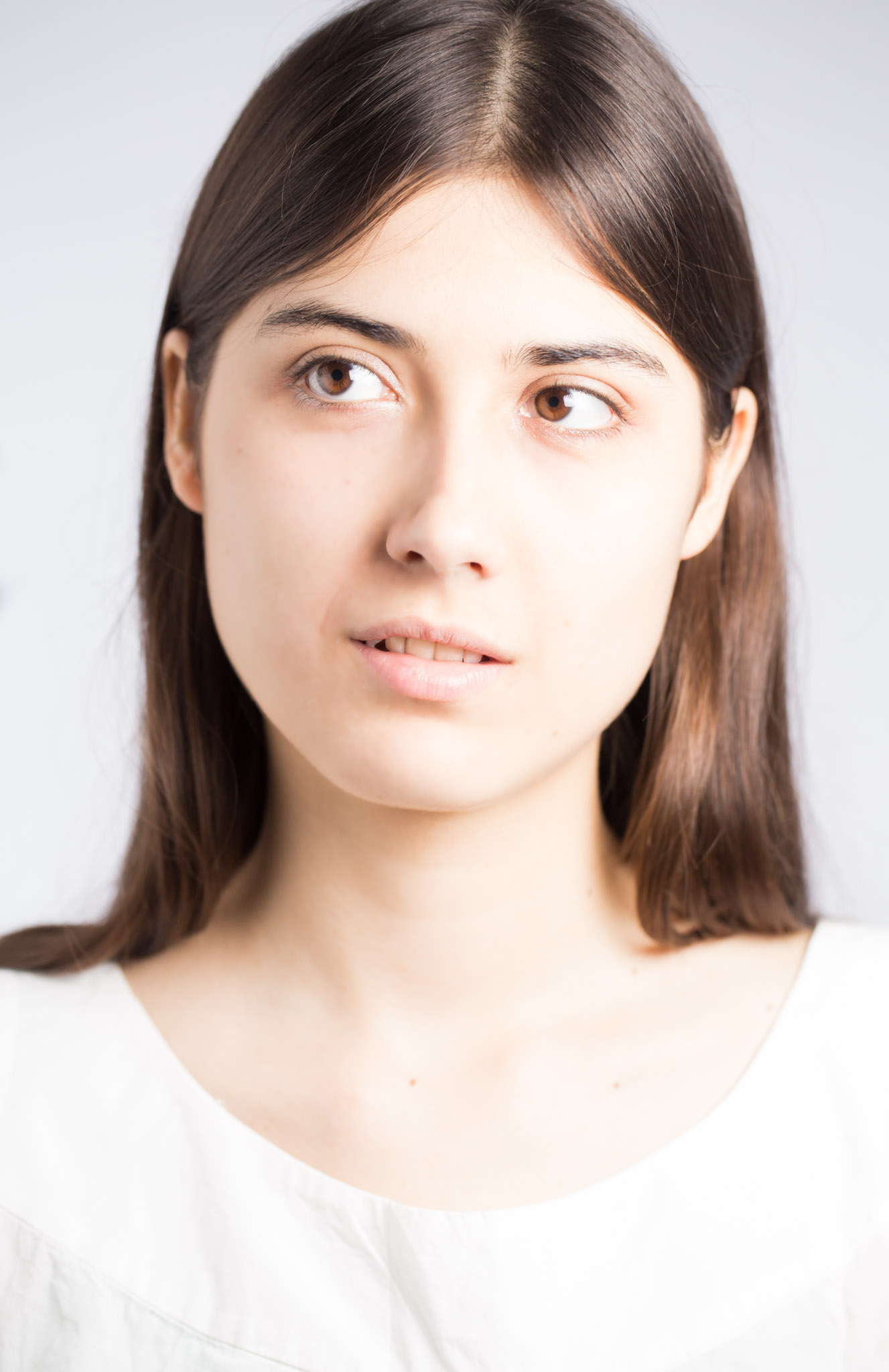
The Sumolight ecosystem
The Dutch distributor informed us that almost all parts of the fixture are replaceable and seeing the amounts of nuts and bolt around the fixture I am more than inclined to believe them.
It is reassuring to see a modular approach, not just from the point of sustainability but also seeing as good reparability is key for prolonged usage. And you can certainly expect this unit to last a long time. In fact, one of the problems for current fixtures is that at this level of craftsmanship, the fixture will be in good condition long after its light output and quality is obsolete. Likewise, it would be good if future fixtures have the same mounting points for light modifiers. Investing in equipment is then also investing in manufacturers and their ability to stay afloat in the increasingly competitive lighting market.
Pricing is a step above the well-known and popular Litepanels Astra, but the light output is higher and the Astra pales in comparison when considering build quality. For us located in the Netherlands, the difference is a €500-600 premium for the Sumo 100+ (without light shaping) which everything considered is well worth it.
It is also good to know that Sumolight also make the much beefier Sumospace light that also worth checking out for more powerful soft light. If you are looking for Fresnel type lights you will have to look elsewhere.
Final Thoughts
The Sumo 100+ is a confident performer with a well thought out design and barring a few design oddities will find itself well at home at both professional and semi-professional sets.
It is light, bright, versatile and rewarding to work with. The quality of the engineering makes it well worth the extra cost above of its competitors and the quality of the light shaping tools is very high. Be sure to buy this unit with a soft light modifier to enjoy it to its fullest potential.
Remco van Schadewijk (text) & Hans de Jonge (video & photography)

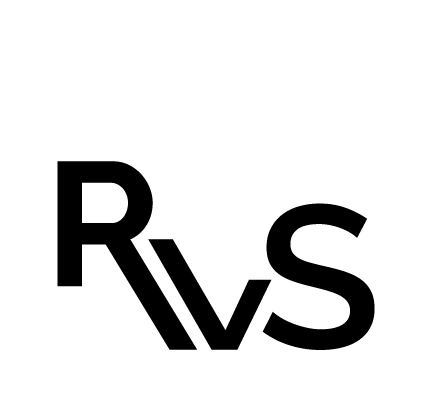



No Comments